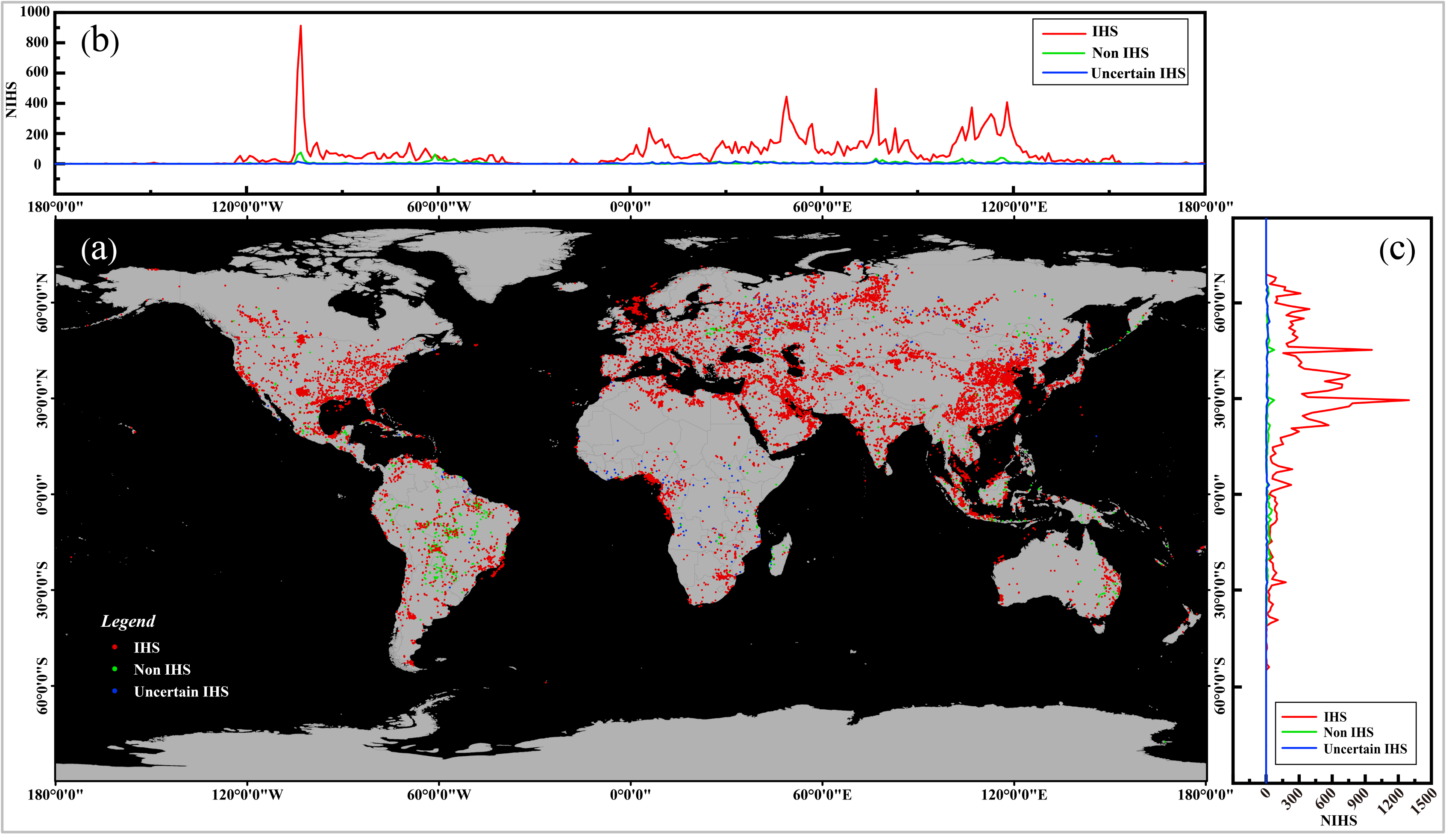New Dataset Offers Insight to Global Industrial Heat Sources
Jun 21, 2024
A recent study has unveiled the first comprehensive, long-term dataset of global industrial heat sources (GIHS) from 2012 to 2021. This dataset, published in the Scientific Data, was developed by a team of researchers from the Aerospace Information Research Institute (AIR) at the Chinese Academy of Sciences (CAS), offering insights into the spatio-temporal distribution of industrial heat sources worldwide.
Industrial heat sources, such as cement plants, oil refineries, and chemical processing facilities, play a significant role in energy consumption and air pollution by releasing large amounts of heat radiation and greenhouse gases.
Understanding the spread and activity of these sources over time and across different areas is crucial for assessing global environmental changes and regional economic development. This highlights the urgent need for continuous, comprehensive, and dynamic monitoring through publicly available global datasets, which are currently insufficient and much needed.
Previous datasets often lacked the temporal granularity and comprehensive validation needed for effective analysis, a gap which this new dataset aims to fill by providing a detailed, validated record of industrial heat sources across the globe.
The researchers used a density-based clustering method to analyze data from multiple remote sensing sources. They processed information from the NPP-VIIRS Active Fire/hotspot and Nighttime Light datasets to identify 25,544 industrial heat sources, each described by 19 different attributes. The accuracy of this dataset is between 90.95% and 93.46%, making it more detailed and reliable than previous datasets. It can be accessed at zenodo.
The dataset reveals significant trends in industrial activity and heat source distribution over the nine-year period. It highlights regions with intense industrial activities and provides valuable information for policymakers and researchers focused on energy consumption, air pollution, and climate change.
“With this dataset now publicly available, it serves as a resource for further research and policy development, opening up new possibilities for analyzing the interplay between industrial activities and global environmental changes”, says Dr. MA Caihong at AIR.
This research has been supported by the National Key R&D Program of China (No. 2022YFF0606402) and the Youth Innovation Promotion Association of the Chinese Academy of Science under Grant 2021126.

Distribution of 25,544 GIHS between 2012 and 2021 (legend annotated below the figures) derived from 3633 days of the ACF product. (a) Distribution of IHS by longitude. (b) Global spatial distribution of IHS. (c) Distribution of IHS by latitude. (Image by AIR)
Contact: luyq@aircas.ac.cn



News & Events